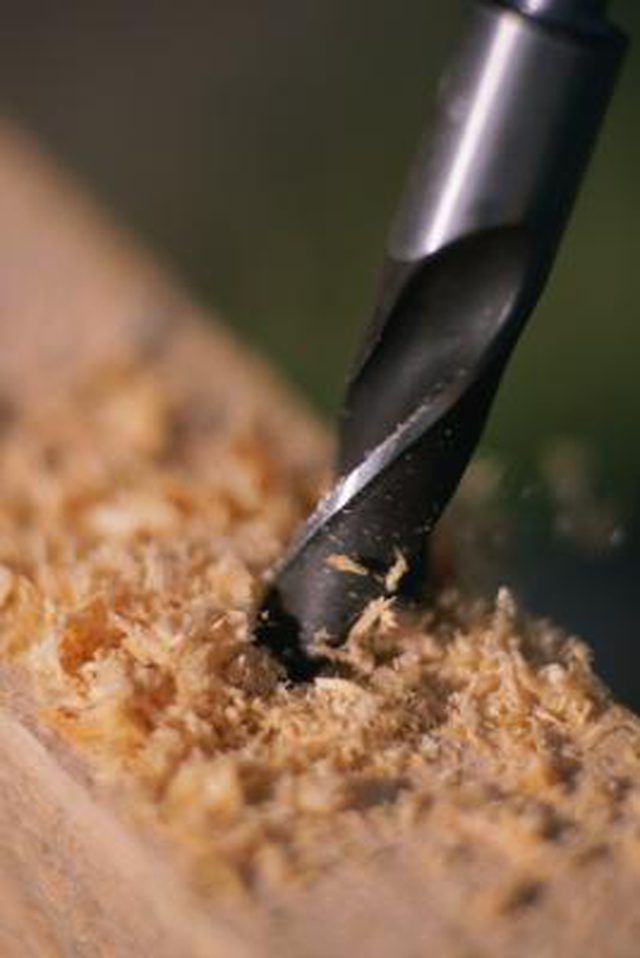Bulbs
Flower Basics
Flower Beds & Specialty Gardens
Flower Garden
Garden Furniture
Garden Gnomes
Garden Seeds
Garden Sheds
Garden Statues
Garden Tools & Supplies
Gardening Basics
Green & Organic
Groundcovers & Vines
Growing Annuals
Growing Basil
Growing Beans
Growing Berries
Growing Blueberries
Growing Cactus
Growing Corn
Growing Cotton
Growing Edibles
Growing Flowers
Growing Garlic
Growing Grapes
Growing Grass
Growing Herbs
Growing Jasmine
Growing Mint
Growing Mushrooms
Orchids
Growing Peanuts
Growing Perennials
Growing Plants
Growing Rosemary
Growing Roses
Growing Strawberries
Growing Sunflowers
Growing Thyme
Growing Tomatoes
Growing Tulips
Growing Vegetables
Herb Basics
Herb Garden
Indoor Growing
Landscaping Basics
Landscaping Patios
Landscaping Plants
Landscaping Shrubs
Landscaping Trees
Landscaping Walks & Pathways
Lawn Basics
Lawn Maintenance
Lawn Mowers
Lawn Ornaments
Lawn Planting
Lawn Tools
Outdoor Growing
Overall Landscape Planning
Pests, Weeds & Problems
Plant Basics
Rock Garden
Rose Garden
Shrubs
Soil
Specialty Gardens
Trees
Vegetable Garden
Yard Maintenance
How to Build a Vegetable Garden Box on Concrete
How to Build a Vegetable Garden Box on Concrete. Although it is typically recommended to build raised garden beds on dirt or grass, you can build one on concrete, provided you make the box deep enough. Doing so makes it possible for those with limited yard space to enjoy the beauty of a garden, as well as fresh, homegrown produce during the summer...

Although it is typically recommended to build raised garden beds on dirt or grass, you can build one on concrete, provided you make the box deep enough. Doing so makes it possible for those with limited yard space to enjoy the beauty of a garden, as well as fresh, homegrown produce during the summer and fall. Because the garden is kept separate from the rest of the yard, weed control will typically be much easier than it would with a raised garden over dirt or a standard garden bed.
Things You'll Need
3 4-by-8-foot pieces of lumber
Saw
1 2-by-8-foot piece of lumber
3-inch deck screws
Drill
Measuring tape
Garden soil
Cut one 4-by-8-foot piece of cedar in half, making two approximately 3 1/2-foot-long pieces of wood. These will be the two shortest ends of your raised garden bed.
Build a box with the two 3 1/2-foot pieces of wood and two additional 4-by-8-foot pieces. Use a drill to overlap the edges and secure them into place with 3-inch deck screws. You will end up with a box approximately 3 1/2 feet wide, 7 feet long and 3 1/2 feet deep.
Cut one piece of 2-by-8-foot lumber into four equal pieces, approximately 1 3/4-foot each. Secure one piece to each corner of the box diagonally with 3-inch deck screws. This will help to brace the corners, preventing the sides of the box from bowing. Most raised garden beds are staked to the ground, making this step unnecessary. It is usually not possible, however, to stake the bed into concrete.
Place the box in a sunny location on the concrete area. Put down a layer of crushed rock or pea gravel so it evenly covers the bottom of the raised garden bed. This will allow for adequate drainage, protecting your plants from sitting in too much water.
Measure the inside dimensions of your box, including the length, width and depth. Multiply these three numbers to determine the cubic feet of your box. Then, purchase enough garden soil to fill the area. Beds that are placed over dirt or grass are typically much shorter than the 3 1/2-foot-high box described here, thus requiring significantly less dirt to fill it. This is because while you can build a raised garden bed over concrete, the standard 1- to 2-foot-deep garden bed will not provide the space that most plants need when installed over concrete. In most cases, the garden soil will be the most expensive part of this project.
Fill the box with garden soil that is mixed with compost or fertilizer.